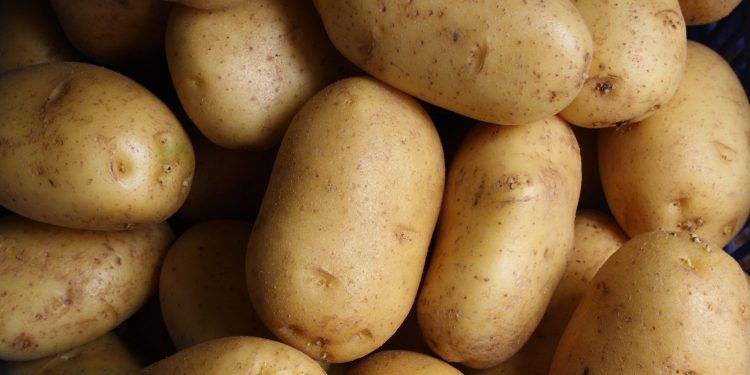Potatoes are a staple in many cuisines around the world. The growth of a potato is so fascinating, from seed to harvest. Understanding the key stages of potato growth is crucial for successful cultivation. Let’s deep dive into this comprehensive guide where we will delve into the intricate process, exploring each stage in detail and take note of things that will to help us to optimize our potato harvest.
Potato growing Stages
1. Seed Selection and Preparation
The foundation for any successful harvest lies in selecting the right seed, the same goes to potatoes. Farmers and home gardeners must choose disease-free, certified seed potatoes to ensure a healthy start for a successful harvest. Preparing seed potatoes involves cutting them into pieces, each containing at least one eye. These eyes are potential growth points, where sprouts will emerge.
Proper handling and storage are essential during this stage to prevent the spread of diseases. A well-ventilated, dark, and cool storage space helps maintain the quality of seed potatoes, ensuring they are ready for planting when the time is right.
Also Read: 8 Things To Prepare Before Growing Your Own Plants
2. Soil
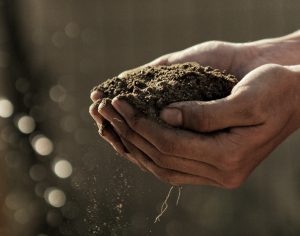
Loamy and sandy loam soils, rich in organic matter with good drainage and aeration are most suitable for cultivation of potato. The soil with a pH range of 5.2 to 6.4 is considered to be ideal for a healthy and successful harvest .
3. Planting
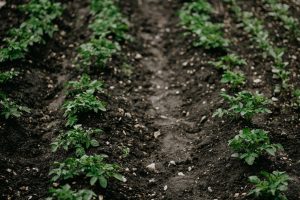
Timing is critical when it comes to planting potatoes. They are typically planted in early spring, which gives the plant enough time to mature before the heat of summer. As pointed before, potatoes thrive in well-drained, loose soil with a slightly acidic to neutral pH.
Planting depth is crucial, with seed potatoes typically buried 3-4 inches deep. Hill planting is a common technique, involving mounding soil around the emerging plants as they grow. This promotes tuber development and prevents sunlight exposure, which can turn potatoes green and produce solanine, a toxic compound.
4. Sprout Emergence and Vegetative Growth
As the planted seed potatoes absorb moisture and nutrients from the soil, sprouts emerge from the eyes. These sproutsare commonly known as shoots or stems. They mark the beginning of the vegetative growth stage. During this phase, the potato plant focuses on developing a robust leaf canopy through photosynthesis.
Proper irrigation is crucial at this stage, as potatoes require consistent moisture to thrive. Mulching can help conserve soil moisture and suppress weed growth, ensuring the potato plants have the best possible environment for vegetative growth.
5. Flowering
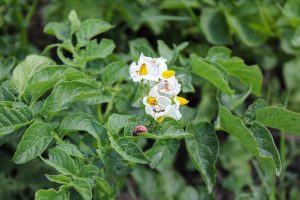
The flowering stage is a visually stunning phase in the potato growing process. Potato plants produce attractive white or purple flowers, indicating that tuber formation is underway beneath the soil. Each flower represents a potential potato, and different varieties may exhibit variations in flower color and size.
While flowering is a positive sign, it's essential to continue monitoring and maintaining optimal growing conditions. Adequate water, nutrients, and pest control are crucial during this stage to maximize the yield of healthy and flavorful potatoes.
Also Read: What Are Zinnias? Do Deer Eat Zinnias? Explained!!
6. Tuber Bulking
Tuber bulking is the stage where the potatoes begin to grow and accumulate starches. As the plant diverts energy from foliage growth to tuber development, the potatoes expand in size. Hilling, or mounding soil around the base of the plants, can further encourage tuber formation and protect developing potatoes from sunlight.
Proper nutrition management is vital during this stage. Potatoes require a balanced supply of nutrients, with a particular emphasis on potassium for tuber development. Regular soil testing and adjusting fertilizer applications accordingly contribute to healthy potato plants.
7. Maturation and Harvest
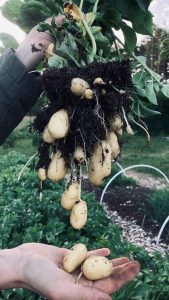
As the potato plants reach maturity, the foliage begins to yellow and die back naturally. This signals that the potatoes are ready for harvest. However, it's essential to time the harvest carefully, as harvesting too early can result in underdeveloped tubers, while harvesting too late may lead to oversize or overmature potatoes.
Gentle digging is recommended to avoid damaging the delicate skin of the potatoes. After harvesting, allow the potatoes to cure for a brief period to toughen the skin and improve storage life. Proper curing conditions include warm temperatures and high humidity.
Also Read: Exploring the Mystery of Black Strawberries
8. Storage
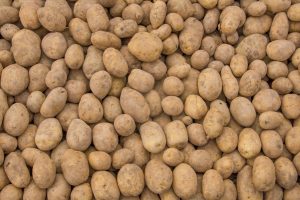
Storing potatoes correctly is crucial for preserving their quality over an extended period. Potatoes should be stored in a dark, cool, and well-ventilated space to prevent sprouting and slow down the natural aging process. Avoid storing potatoes near onions, as the gases emitted by onions can accelerate potato sprouting.
Regularly inspect stored potatoes for signs of decay or disease, removing any damaged or rotting tubers to prevent the spread of issues. Proper storage practices ensure a steady supply of fresh, flavorful potatoes throughout the year.
Also Read: Pumpkin Plant Stages: From Seed to Harvest
Conclusion
It is important to understand and optimize each stage of potato growth, farmers and home gardeners can enhance their yields and produce high-quality potatoes for culinary delight if they take all the necessary measures right from selecting the right seed to properly storing them. Whether you're a seasoned potato enthusiast or a beginner, this guide will help you master the art of growing potatoes, ensuring a successful harvest from your own soil to your plates.


